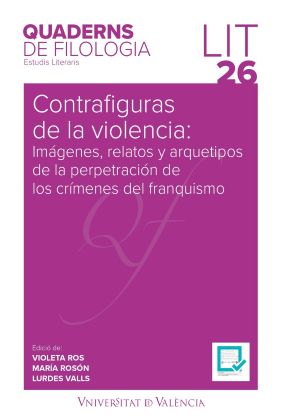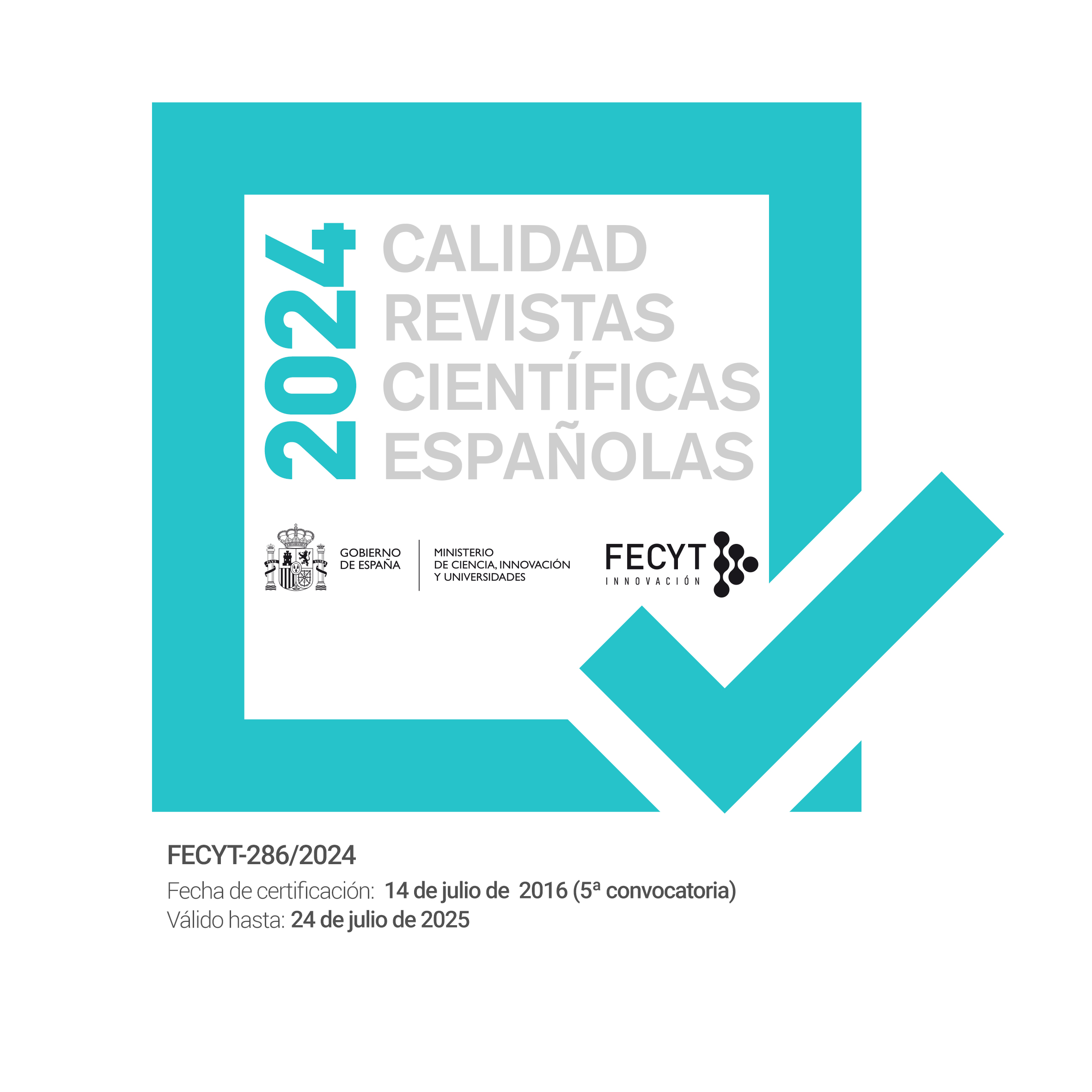The perpetrator in its own labyrinth. A comparative analysis of how perpetrators inhabit the sites of memory
DOI:
https://doi.org/10.7203/qdfed.26.22106Keywords:
sites of memory, mass violence, collective memory, perpetrators, denial Abstract
Abstract
The study of the sites of memory of mass violence is related to the practices of violence and, at the level of memory, to the management of the memory of the victims. However, we know that violence is constituted as a shared action in which together with the victim or victims, there is (visible or hidden, as often happens) the figure of the executioner or executioners. Based on a comparative analysis of the role of those who are not victims in the construction of the collective memory of traumatic pasts, from Choeung Ek to Buenos Aires, and from Madrid to Kiev, an analysis proposal is presented that discusses the complexity of the presence of the absent in terms of the memory regimes of our time. In a trip through spaces, memorials and places of denial and amnesia, we would observe the way in which the figure of the perpetrator is represented or hidden in its own labyrinth.
 Downloads
Downloads
Downloads
Published
How to Cite
-
Abstract1419
-
PDF (Español)682
Issue
Section
License
 Este obra está bajo una licencia de Creative Commons Reconocimiento-NoComercial-SinObraDerivada 4.0 Internacional.
Este obra está bajo una licencia de Creative Commons Reconocimiento-NoComercial-SinObraDerivada 4.0 Internacional.
Authors who publish with this journal agree to the following terms:
- Authors retain copyright and grant the journal right of first publication with the work simultaneously licensed under a Creative Commons Attribution License that allows others to share the work with an acknowledgement of the work's authorship and initial publication in this journal.
- Authors are able to enter into separate, additional contractual arrangements for the non-exclusive distribution of the journal's published version of the work (e.g., post it to an institutional repository or publish it in a book), with an acknowledgement of its initial publication in this journal.
- Authors are permitted and encouraged to post their work online (e.g., in institutional repositories or on their website) prior to and during the submission process, as it can lead to productive exchanges, as well as earlier and greater citation of published work (See The Effect of Open Access).




